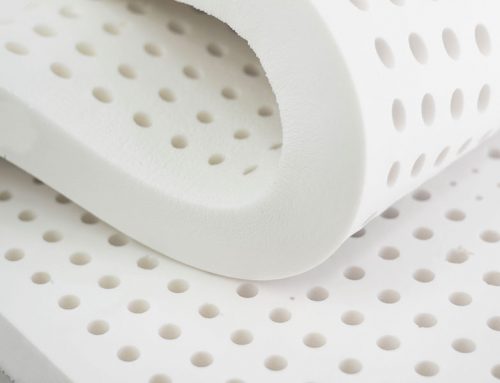Waterbeds have been around for nearly four decades, however, they aren’t as popular today as they were in the ‘60s and ‘70s. More recently, baby boomers, allergy sufferers, and hyperactive teens still sleep on waterbeds because—well, they think it’s cool.
Although waterbeds aren’t as popular as they used to be, there was still a time when a water mattress was considered very chic and stylish. After all, they’re comfortable, affordable and easy to clean, and they’ve been around for almost half of a century.
Since a new waterbed can be a major purchase, you should first consider the pros and cons. The following are a few things to consider before making a decision.
If you are considering a waterbed, you’ll be pleasantly surprised to know that majority of the people who own a waterbed say they’re very comfortable. Several consumers also said they like the way they can control the mattress temperature with a heater. It isn’t uncommon for someone to own a waterbed for as long as ten years. For the most part, waterbeds are also free of dust mites and other allergy-causing pests.
Pros
There following are some of benefits you can get from a waterbed:
Waterbeds are relaxing to sleep on, especially in the colder winter months. They come equipped with a heater, and you can warm up the water to any temperature you want. Waterbeds also help relieve back pain, since the bed conforms to the shape of your back.
Waterbed owners rarely complain of dust bed mites because the bed can be cleaned easily.
People with asthma and allergy problems like to use waterbeds because the beds are free of these allergy-causing materials. Lastly, waterbeds are very durable, and several people have kept them for over 12 years without any problems.
Cons
The following are some disadvantages when owning a waterbed:
If you’re not careful, waterbeds can be punctured and spring a leak, so if you have a cat or small animal, a waterbed probably isn’t a good idea. Obviously you have to drain the bed before you move it, but if you do so, take caution so that you don’t scrape it against sharp objects
A few waterbed owners have complained that a waterbed requires maintenance, such as adding water conditioner on a regular basis.
The cost of maintaining a warm water temperature (especially in the winter) can take its toll on your heat bill, but it’s much cheaper to keep the bed at a constant temperature rather than adjusting it constantly. Foam mattress pads can also help reduce heat usage by 60%. In addition, some waterbeds (particularly the ones with hard sides) don’t come in standard sizes, making it difficult to find sheets for them.
If you decide to get a waterbed, make sure the flooring underneath it is sturdy.
Due to the heavy water weight of the bed, you want to make sure that there is plenty of support beneath it.
A leak can be a problem, but the use of plastic liners can curtail this problem. In worst cases, you can repatch, refill, and reheat the bed, however not too many people have had major leakage problems with their beds. If you take proper care, a waterbed can be a fun and relaxing addition to your home.




Leave A Comment